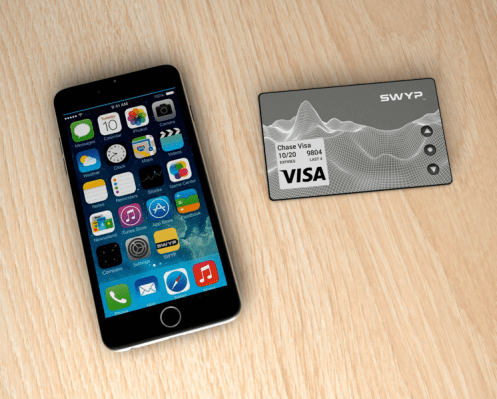Qvivr, a Silicon Valley-based FinTech startup originally known for building the SWYP programmable credit card, has raised $5M in Series A funding.
The funding was led by Khosla Ventures, with participation from a large multinational Asian bank.
The startup was founded in 2014 and originally launched with a pre-order campaign for a hardware product that would let users program all of their credit and debit cards into one device. Called SWYP, the card was designed to compete with other multi-account cards like Coin and Stratos.
But none of these devices really took off. All were heavily delayed, and even Coin, the most promising of the bunch, ended up shutting down and selling its technology to Fitbit. These delays also plagued Qvivr’s SWYP product. Originally destined to ship last summer, the company had to stop production after just shipping a few units because of manufacturing issues, and is now planning to start shipments again sometime during this upcoming summer.
And even though Qvivr plans to ship the SWYP card to anyone who has preordered it or is on the waiting list, they don’t plan on continuing to sell the product after fulfilling these commitments.
So what is the new funding for?
Qvivr says that they are working on a new hardware product that will target millennials. Ashutosh Dhodapkar, founder and CEO of Qvivr, explained that the new product will leverage some of the technology in the SWYP card – like the bluetooth connected graphical display – and try to make payments “more fun” for millennials.
While Dhodapkar declined to elaborate, the new product sounds like it could be a swipe card that features the display technology in SWYP, but eschews the multi-card features. A card like this could be popular with banks, who are always looking for new products to differentiate themselves among customers.
Making a FinTech product just for millennials is a bold initiative. But it’s probably a smart business move considering our generation tends to swipe their debit or credit card many more times than older Americans each month.
